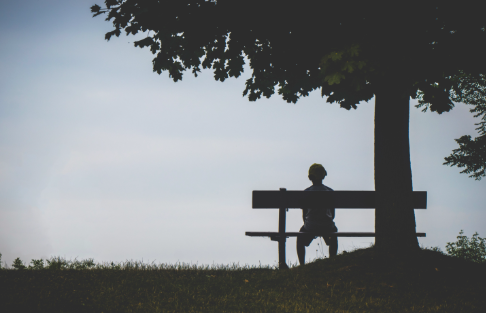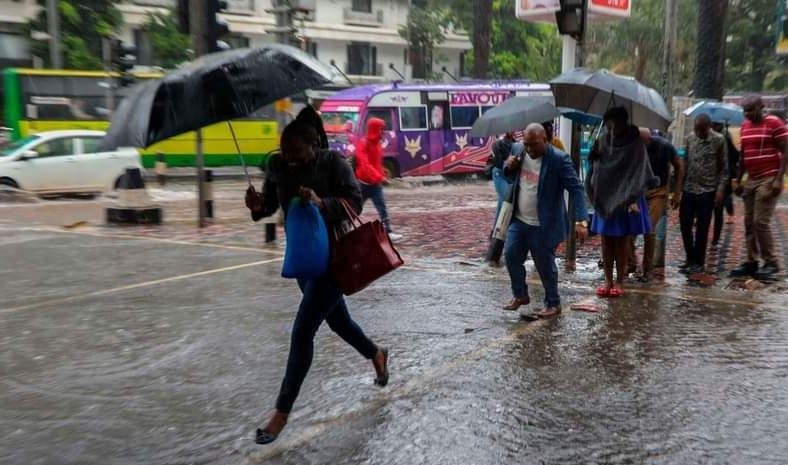
“I’ve been severely hearing impaired my entire life. On its own, my disability causes obvious social isolation and loneliness. But when added to a hearing world, my loneliness takes on many other forms [...] When I ask for clarity or declare my disability to someone, an almost automatic distance is created. I suspect it’s mostly ignorance and discomfort that causes people to react this way,” says a respondent Maggie Marx
Her experience is one of many featured in the World Health Organisation's 2025 report, From Loneliness to Social Connection, which casts a glaring spotlight on a silent epidemic affecting nearly one in six people globally: loneliness.
Unlike brief solitude or chosen aloneness, the report defines loneliness as an unwanted emotional state resulting from a mismatch between desired and actual social connection.
When this persists, it becomes more than a feeling, it becomes a health crisis.
The WHO report underscores how loneliness and social isolation are deeply entrenched across all age groups and regions affecting adolescents navigating a hyper-connected digital world, older adults living alone, and people with disabilities navigating everyday communication barriers.
While these experiences are distinct, the root is often the same: a lack of meaningful social connection.
Among adolescents aged 13 to 17, a staggering 20.9% report feeling lonely. This age group is paradoxically both the most connected digitally and the most socially isolated.
"Even when surrounded by people or followers online, they often lack real, empathetic interactions," the report notes.
The digital sphere may bridge geographic gaps, but it often fails to meet the emotional needs that buffer loneliness.
Young adults (18–29) are close behind, with 17.4% reporting loneliness.
For many, this is a time of transition leaving home, starting work or studies and the loosening of familiar bonds can open space for chronic isolation. Social expectations, shifting identities, and economic pressures can intensify feelings of disconnection.
Those in this group, especially minorities and migrants, report higher levels of loneliness due to exclusion, discrimination or the challenge of forming new networks.
Older adults, often stereotyped as the loneliest, do show high rates of social isolation, with 25–34% affected. The difference? Isolation here is more structural: widowhood, retirement, reduced mobility and physical distance from family shrink their social circles.
However, the report stresses that isolation does not always mean loneliness — some adapt to solitude better than others — yet the health consequences of both states are profound.
Health experts now warn that the costs of social disconnection are comparable to smoking and obesity. Loneliness has been linked to cardiovascular disease, depression, anxiety, reduced immunity, and even early death. New data suggests it contributes to over 871,000 deaths annually worldwide.
Marginalised groups — such as people with disabilities like Maggie, LGBTIQ+ individuals, and refugees — experience a compounding effect.
Their social networks are often smaller, access to inclusive spaces is limited, and stigma can intensify their isolation. As Maggie explains, even asking for accommodation in a conversation can erect a wall of misunderstanding.
The WHO’s call is urgent and clear: loneliness is not a personal failing or simply a side effect of modern life it is a global public health threat.
According to the WHO, Addressing loneliness requires societal shifts: inclusive policies, better urban design, community spaces, accessible transport, and public education to reduce stigma.
“Loneliness is not just about being alone. It’s about being unseen, unheard and unvalued,” the report concludes.
















